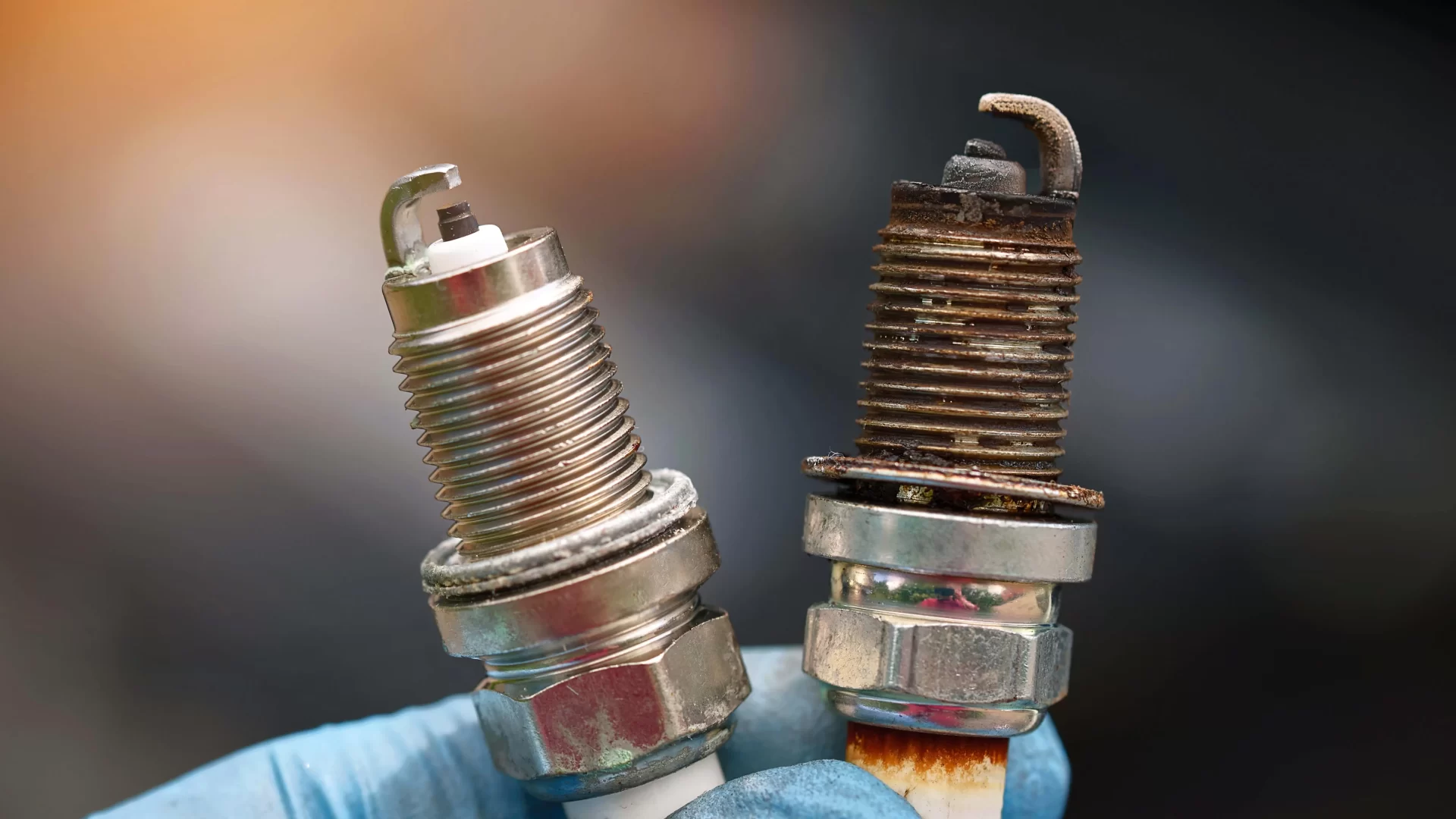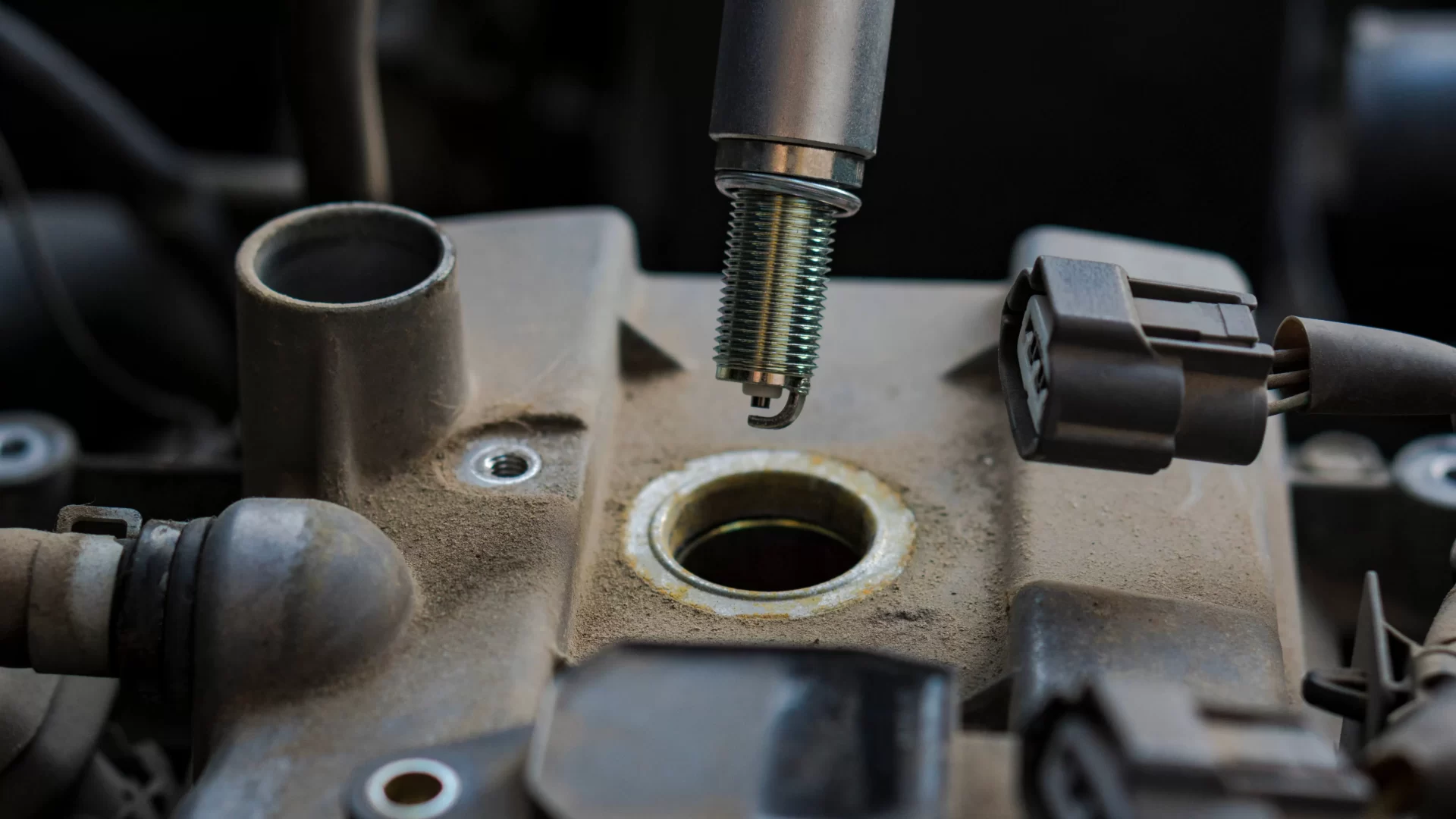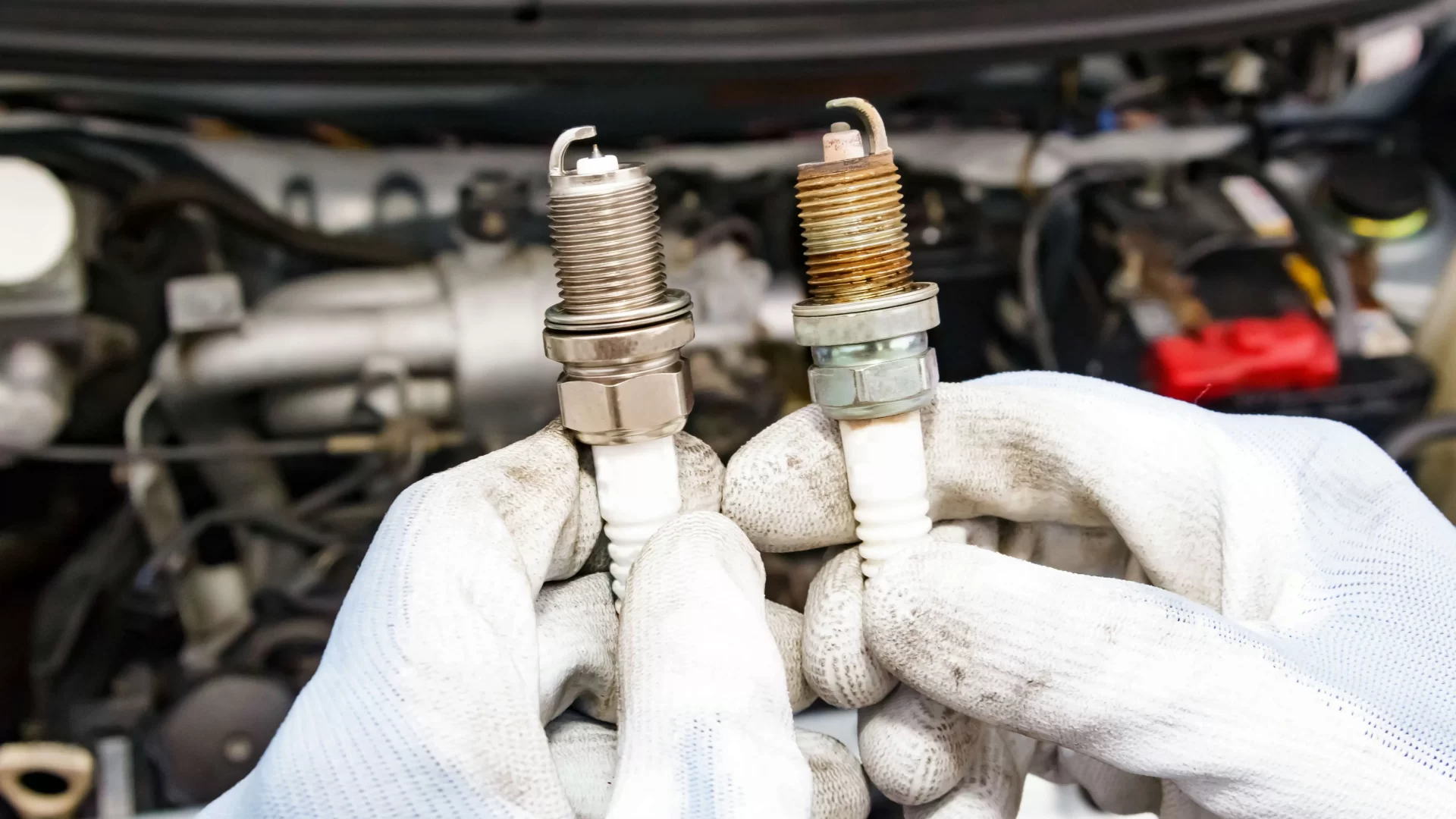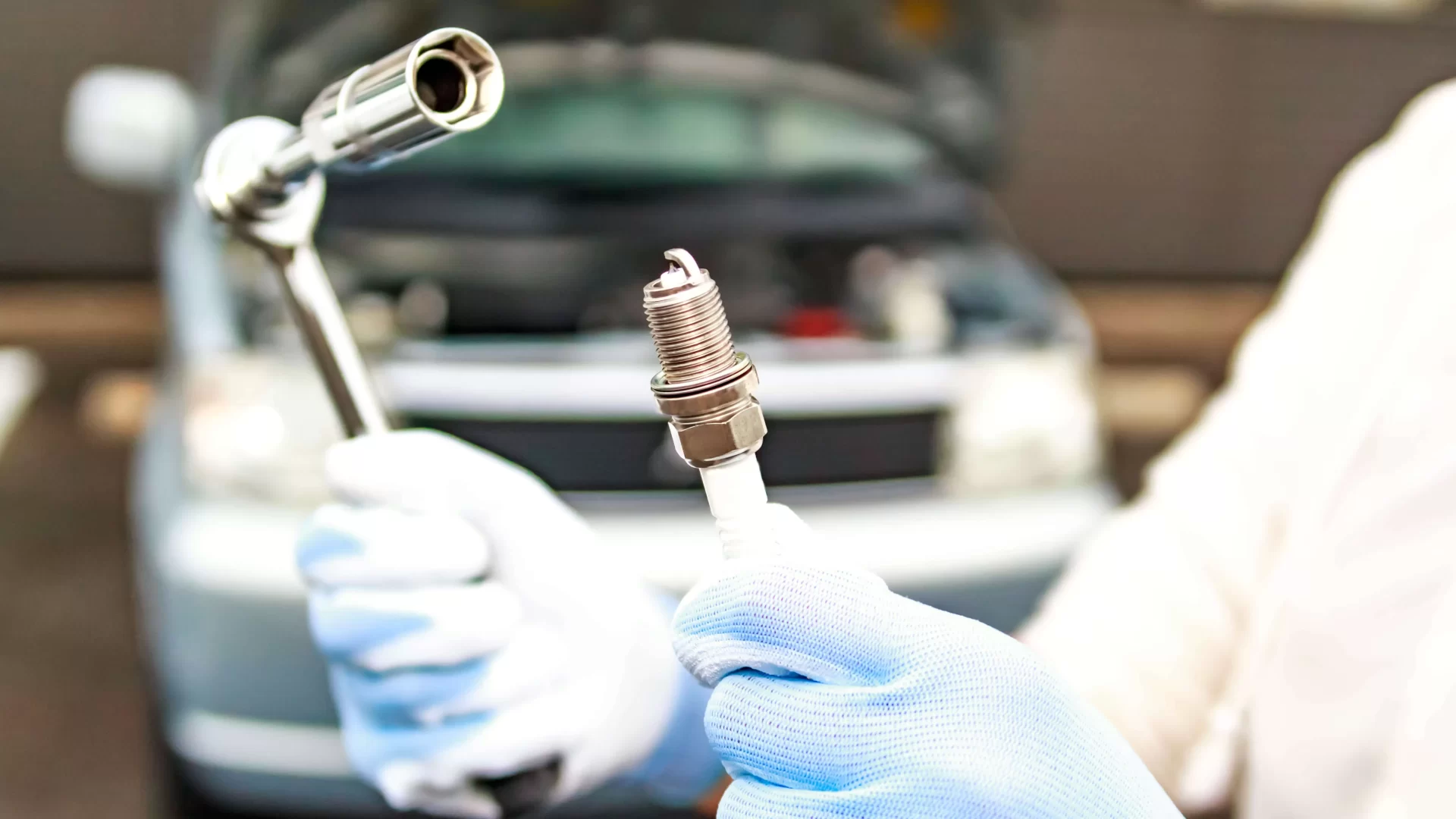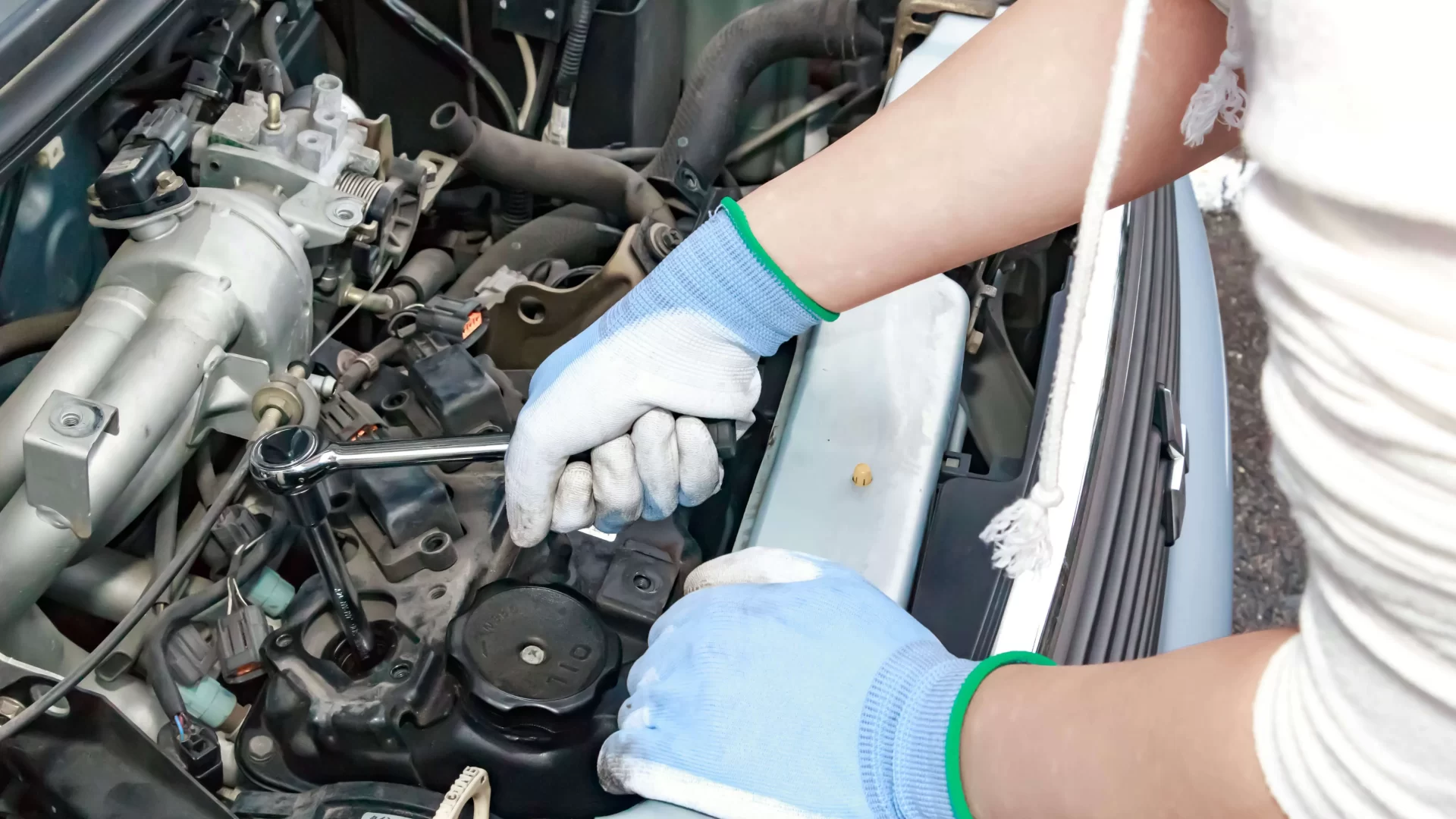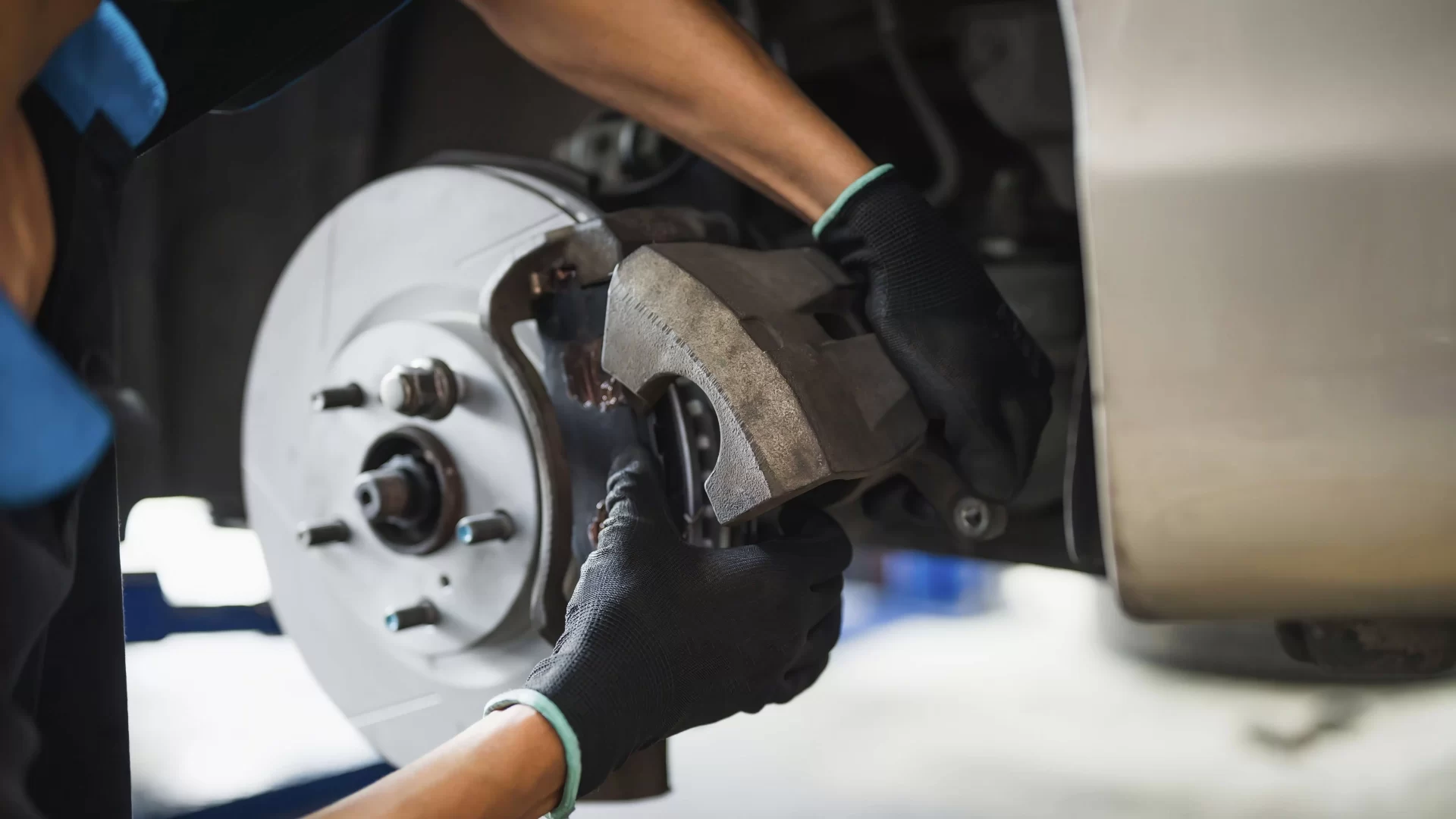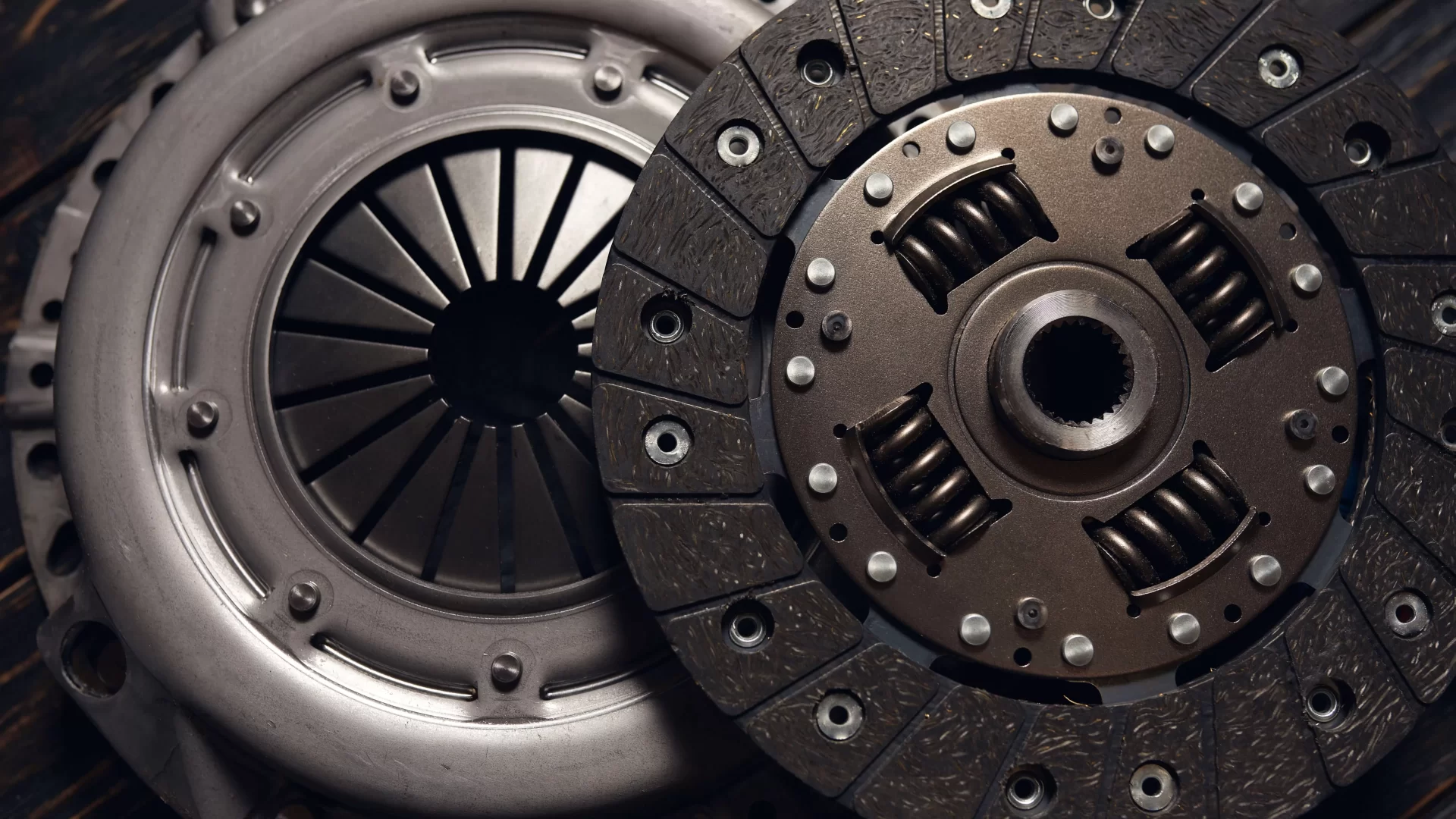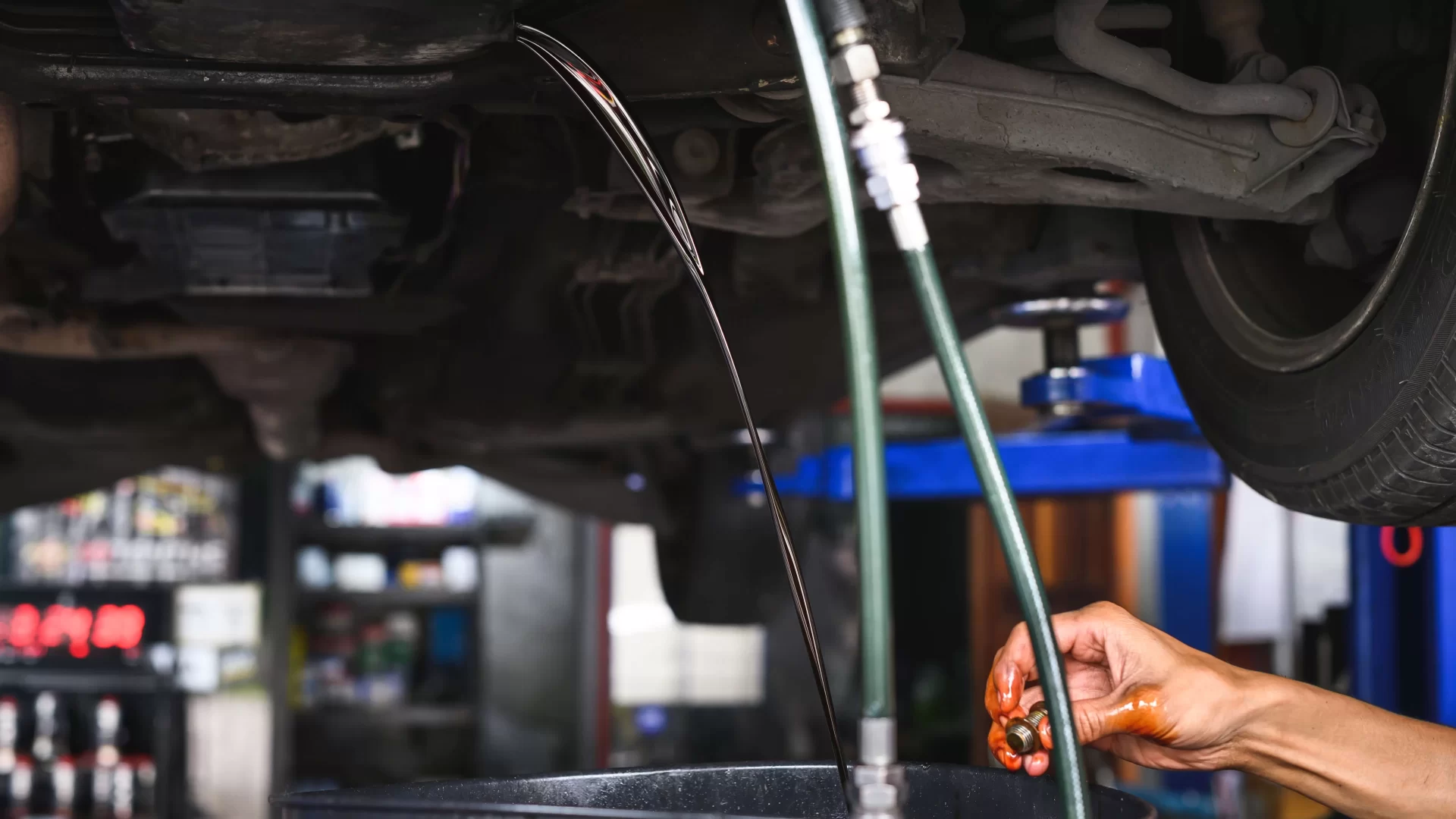Gallery
Spark Plug Replacement in Dubai
Price
Reviews
write a reviewRelated Services
Our Team
Spark plugs are often called the most important components of a gasoline-powered engine. Learning what they do, how long they last, and how to replace them will absolutely pay dividends in terms of car performance and efficiency. We are going to explain the function of spark plugs, the importance of spark plug replacement, signs and symptoms of their malfunction, and also how to change spark plugs.
What are Spark Plugs and What Do They Do?
The properly functioning spark plugs are the components that fire up the mixture of air and fuel inside the combustion chamber of an internal combustion engine. They are part of the ignition system, and, due to the action of a spark, they can ignite air-fuel mixture in the combustion chamber, producing energy for keeping the engine running. In simple words, without spark plugs, there will be no combustion process, and your engine won’t start-up.
How Long Do Spark Plugs Last?
The service life of spark plugs is the period after which spark plug replacement is needed. This time span is usually influenced by several factors, such as the type of spark plug, driving conditions, and proper or improper maintenance of the engine. Usually, the average service life for conventional copper spark plugs is around 20,000 to 30,000 miles, while that of platinum or iridium can extend up to 100,000 miles or even more. However, always refer to your owner’s manual for advice on spark plug replacement from the manufacturer.
Bad Spark Plug Symptoms
These are just some of the symptoms car spark plugs display when they begin to wear out. Being able to recognize the symptoms can save you from further, sometimes disastrous, damage to your engine. The general symptoms of faulty spark plugs include bad acceleration, bad fuel economy, rough idling, and hard starts.
Common Symptoms of Bad Spark Plugs
- Poor Acceleration: When your vehicle hesitates or struggles to pick up speed, it may have a spark plug problem.
- Poor Fuel Economy: If your car normally gives a certain gas mileage and it is lower, that could be a sign that the fuel is not getting ignited properly due to some sort of problem with the spark plugs.
- Rough Idling: The engine may also idle unsteadily or even shake as a result of a misfire caused by faulty spark plugs.
In the end, being aware of the major symptoms of malfunctioning spark plugs will contribute to the continuation of good engine performance. This will prevent owners from experiencing more critical issues with their vehicles’ engines. Quick attention to these problems will continue to provide a smooth, efficient running of their cars. Routine maintenance with timely spark plug replacement will save time and money over the course of time.
Preparing for Spark Plug Replacement
Gather all tools and materials that may be needed before the actual spark plug replacement. These are a set of socket wrenches, one torque wrench, anti-seize compound, and new spark plugs appropriate for the particular vehicle type you own. A service manual is also quite important because sometimes it contains specific instructions and torque specifications for your make and model.
The New Spark Plug Professional Installing
The installation of spark plugs is an important procedure ensuring the proper operation of your vehicle’s engine. Whether you are an experienced mechanic or an avid DIY enthusiast, knowing minute details about installing a spark plug pays dividends in increasing the reliability and life of your vehicle.
Preparation for Installation
The tooling and equipment that are necessary to change spark plugs include the following:
- A ratchet and spark plug socket
- Torque wrench for correct fitting
- Anti-seize compound
- Gap gauge to inspect plug gap
- A clean, lint-free cloth
Using these, you will be able to change the worn-out spark plugs correctly.
Choosing the Correct Spark Plug
It is very important to select the correct type of spark plug for your engine. Refer to your vehicle’s manual or a reputable auto parts store for recommended heat range, thread size, and electrode configuration.
Safety Precautions
Always make sure that the engine is cold before starting, as this prevents burns and allows for an accurate installation. Always disconnect the battery to eliminate any potential for electrical shock throughout the process.
Installation Step-by-Step
Removing the Old Spark Plug
First, locate the old spark plugs. The worn spark plugs must be directly below their respective ignition coils or spark plug wires. Remove any debris that may be there gently; take the spark plug socket and ratchet and pull out the old plugs. Take note of which plug goes in which location.
Inspecting the Cylinder Head
Before installing the new plugs, inspect the cylinder head for junk and damage. Since the area above and around the cylinder heads should be cleaned to prevent particles falling into the engine, this is an excellent time to spot oil or coolant leaks that could signal serious engine problems.
Preparation of New Spark Plug
Check the gap of the new spark plug with an electrode gap gauge. If it is out of spec, carefully adjust the gap by bending the ground electrode. A little antiseize compound applied to the threads will make future removals easier.
Installation of the New Spark Plug
Install the new spark plug in the cylinder head. Don’t use a wrench, to avoid cross-threading. Continue tightening it with a torque wrench once it feels snug, taking care not to over-tighten beyond the manufacturer’s specified torque rating, since over-tightening can result in the threads or the plug itself being damaged.
Re-attachment of Components
After the installation, reconnect the ignition coil for each plug or wiring harness that you have removed. Ensure all connections are snug and properly seated.
Final Checks
Now reconnect the battery of the vehicle and start the engine. It should purr smooth. Any irregular sounds or misfires may signify improper installation. If everything sounds well, take your time to double-check you have all tools accounted for and there are no leaks in the spark plug areas.
The installation of the new plugs can be a pretty simple process that can bring in great improvements in the performance of your vehicle. Strict adherence to these steps ensures that your engine remains efficient, easy to start, and running smoothly. Regular maintenance, to which the replacement of spark plugs in due time pertains, is an integral part of your vehicle’s health and will contribute to a more enjoyable driving experience.
Verifying Spark Plug Function
After the installation, it’s necessary to check whether the new plugs are functioning right. You can do this by first starting the car’s engine and checking how it idles. A smooth idle and better throttle response mean that your new spark plugs work properly.
Testing the Spark Plug
You can do more in-depth testing by taking out the spark plugs after a short drive to check for carbon deposit or any other form of wear. A tester will be used to assess if the plugs are producing the correct spark. If it all passes, your engine should be running a lot smoother.
FAQ
Ignoring bad spark plugs will result in poor performance, decreased fuel efficiency, and possibly the occurrence of more serious damage to engines over some time.
In the end, taking into consideration the spark plug and their importance, one should know when to replace them. It will not only extend the life of your vehicle's engine but also provide smooth and efficient driving. If you find any symptoms of bad spark plugs, then without wasting any time, think about a replacement.

